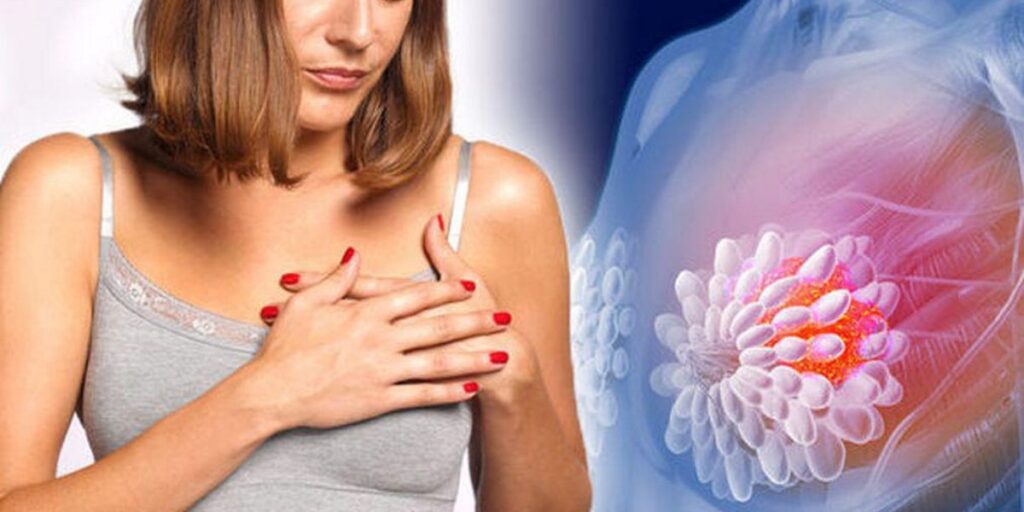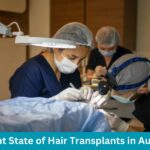Breast carcinoma is a widespread health issue that impacts millions of people globally. Even though Breast cancer can strike anybody at any age, effective treatment and a better chance of survival depend on early detection. Recognising its subtle signs is a vital skill every woman should possess. This article will discuss the significance of early detection and some of this cancer’s subtle signs and symptoms that you should be aware of.
The Importance of Early Detection
1. Improved Survival Rates: Detecting Breast cancer early often means it is less advanced, making it more treatable. This can significantly boost the chances of survival.
2. Less Aggressive treatment: Surgery and radiation treatment, which can have fewer side effects and a faster recovery period, are commonly used as less aggressive therapies for early-stage breast carcinoma.
3. Preservation of Breast Tissue: Early identification frequently makes breast-conserving surgery possible, maintaining the breast’s natural shape and functionality.
4. Emotional Well-being: Early detection can alleviate anxiety and fear associated with late-stage diagnoses, offering patients a better quality of life.
Recognising the Subtle Signs

Breast carcinoma can manifest in various ways; not all symptoms are obvious. Being vigilant and aware of subtle signs can lead to an early diagnosis. Here are some Breast cancer Symptoms to watch out for:
1. Changes in Breast Size or Shape: Early detection of breast carcinoma is possible if there are any noticeable changes to the size or form of one breast. This might include swelling, dimpling, or an asymmetrical appearance.
2. Skin Changes: Look for unusual skin changes on the breast, such as redness, rash, or puckering, which can indicate an underlying issue.
3. Nipple Abnormalities: Pay attention to changes in the nipple, such as inversion (when it turns inward), discharge (other than breast milk), or a scaly, crusty texture.
4. Breast Discomfort: You should visit a doctor if you have ongoing breast pain or discomfort, especially if it is localised to one place.
5. Unexplained Weight Loss: If you have sudden and unexplained weight loss along with other symptoms, you should consult a doctor right away. This is due to the possibility that it is a sign of cancer that is advanced.
6. Modifications in Breast feeling: Be mindful of any variations in the breast or nipple area’s feeling, such as tingling or numbness.
7. Swollen Lymph Nodes: Enlarged lymph nodes under the arm or around the collarbone can indicate breast carcinoma that has spread.
Early Detection Strategies
1. Breast Self-Exams: Perform regular breast self-exams to become familiar with your breasts’ normal feel and appearance. Consult a medical expert if you detect any changes.
2. Clinical Breast Exams: Schedule regular clinical breast exams with your healthcare provider. They can detect abnormalities that you might miss during self-exams.
3. Mammograms: Starting at the recommended age, usually around 40, regular mammograms are essential for early detection. Have a conversation with your healthcare practitioner about the proper timetable.
4. Know Your Risk Factors: Understanding your personal risk factors for breast carcinoma can help you and your doctor determine the best screening plan.
Conclusion

Breast cancer early identification is a potent weapon in the fight against this illness. Recognising the subtle signs and symptoms and taking proactive steps to monitor your breast health can significantly increase the success rate of your treatment and long-term survival. Remember, regular self-exams, clinical breast exams, and mammograms are your allies in early detection, so make them a part of your healthcare routine.
Read more:
How to Use Positive Thinking Healthily 5 Tips to Avoid Toxic Positivity Trap
Top Biotechnology Trends and Innovations to Look For in 2023 A Complete Walkthrough
















